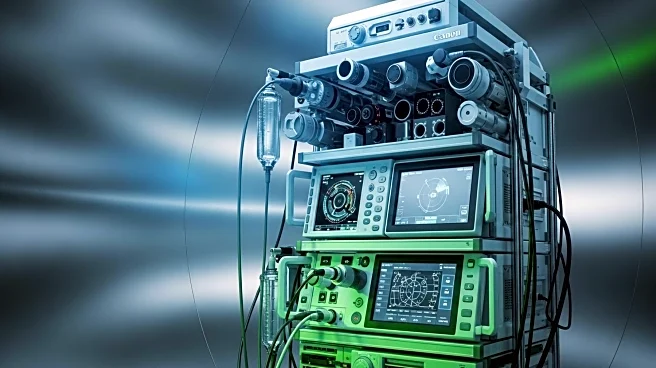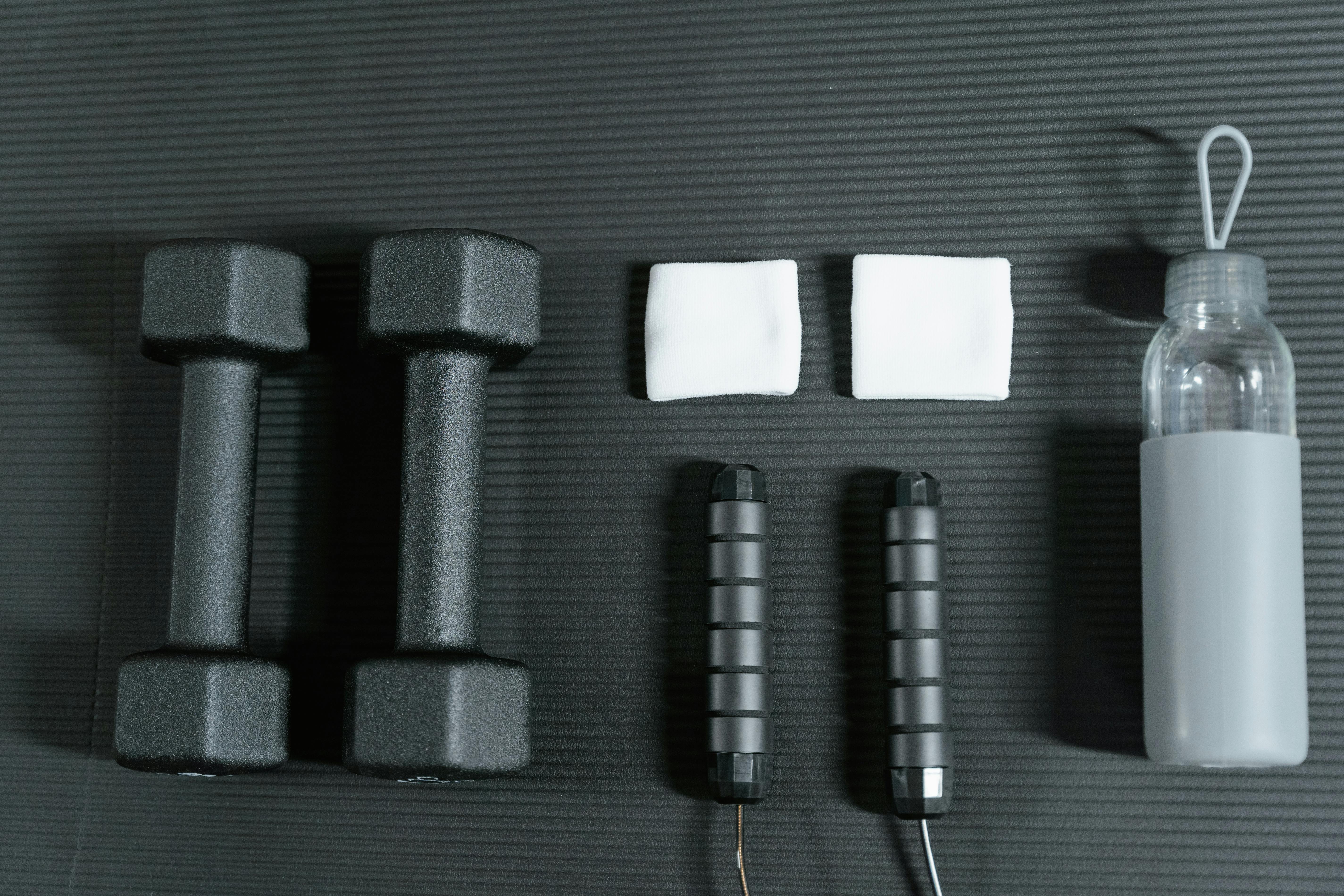What is the story about?
What's Happening?
JFD Global, a marine engineering and services group, has announced the development of a new medical monitoring system for the NATO Submarine Rescue System (NSRS). The system, unveiled on September 30, aims to enhance the monitoring capacity during rescue operations from four submariners to 76, including medical personnel. The implementation is scheduled for 2027. The system employs a three-tier approach, utilizing wearable technology to track vital signs such as heart rate, stress, fatigue, and core temperature. It also incorporates diagnostic tools like electro-cardiogram (ECG) monitors and ultrasound, alongside advanced critical care equipment for managing unstable or deteriorating casualties. The system is designed to provide continuous, real-time monitoring as soon as rescued submariners enter the deck decompression chamber on the rescue vessel.
Why It's Important?
The development of this advanced medical monitoring system is significant for enhancing the safety and efficiency of submarine rescue operations. By expanding the monitoring capacity, JFD Global's system can potentially improve treatment outcomes and response times in critical situations. This advancement is crucial for the NSRS, which plays a vital role in ensuring the safety of submariners during rescue missions. The integration of wearable technology and diagnostic tools allows for more accurate triage and faster medical interventions, which can be life-saving in high-pressure scenarios. Additionally, the system's ability to link via satellite for remote medical support further enhances its utility in demanding clinical environments.
What's Next?
The implementation of JFD Global's medical monitoring system in the NSRS is planned for 2027, with the company contracted to support the system until 2032. The technology developed for the NSRS can also be adapted for other submarine escape and rescue systems, as well as defense and commercial diving operations. This adaptability suggests potential future applications across various platforms, including submarine platforms, distressed submarine entry kits, dive recompression chambers, and surface vessels. The ongoing development and integration of this technology may lead to broader adoption in the defense sector, enhancing rescue capabilities and medical support in underwater operations.
Beyond the Headlines
The introduction of advanced wearable technology in submarine rescue operations highlights the growing importance of real-time health monitoring in high-risk environments. This development reflects a broader trend towards integrating technology in defense operations to improve safety and efficiency. The ethical implications of using such technology include ensuring data privacy and security, particularly when linking medical data via satellite for remote support. Additionally, the system's adaptability for commercial diving operations suggests potential benefits for civilian applications, potentially improving safety standards in the diving industry.
AI Generated Content
Do you find this article useful?















